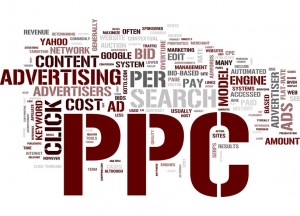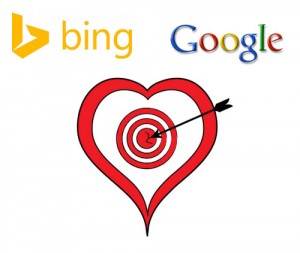Create Catchy Email Headlines…or Else
Before you send out a promotional or educational email to your customers, how much time do you spend on the headline? It’s probably not enough, as one recent email marketing survey showed that every word in the headline of your email can have a significant impact on if the recipient opens it. A leading email marketing company analyzed 24 billion emails delivered with 22,000 distinct words in the headline. The results showed that:
Personalization Is Important. Using a template or macro to automatically include the name of the recipient meant that it was far more likely that they would open the email. This was true for just using the first name or the last name, but the open rates were two to four times higher if both the first and last names were used.
Time Sensitivity Drives Open Rates. When emails used terms like “urgent,” “breaking” or “important” that implied a time sensitivity, open rates increased significantly.
Free Isn’t the Perfect Solution. Many email marketing experts assume that including the word “free” in any email will entice people to open. While it’s true to a small degree overall, in some industries such as travel and transportation, real estate and medical, using “free” actually reduced open rates. Interestingly, the word “freebie” appeared to be much more powerful than “free.”
Donation Requests Get Ignored. Words directly associated with charity such as “donation” or “fundraiser” caused open rates to fall dramatically. More ambiguous words such as “helping” also reduced open rates but only by a minor amount.
Announce Things to People But Don’t Remind People. When a headline “announced” something or “invited” someone to do something, open rates were high. They fell when the email “reminded” a person of something. It was even worse if the email threatened the reader with “cancellation.”
Word Pairs Matter. Some combinations of phrases, such as “Thank You,” made open rates go up. Other word pairs weren’t so powerful. Phrases such as “sign up” and “last chance” made open rates plummet.
Capitalization Can Help. One of the quirkiest findings of the research was that the capitalization of the email headline appears to have a correlation with open rates. Specifically, people were slightly more likely to open an email if all of the words in the headline were capitalized, but were slightly less likely to open an email if just one of the words was capitalized.
 Posted on January 6, 2014
Posted on January 6, 2014
 Posted on December 30, 2013
Posted on December 30, 2013
 Posted on December 27, 2013
Posted on December 27, 2013
 Posted on December 6, 2013
Posted on December 6, 2013
 Posted on October 31, 2013
Posted on October 31, 2013
 Posted on October 22, 2013
Posted on October 22, 2013 Posted on October 10, 2013
Posted on October 10, 2013
 Posted on August 21, 2013
Posted on August 21, 2013